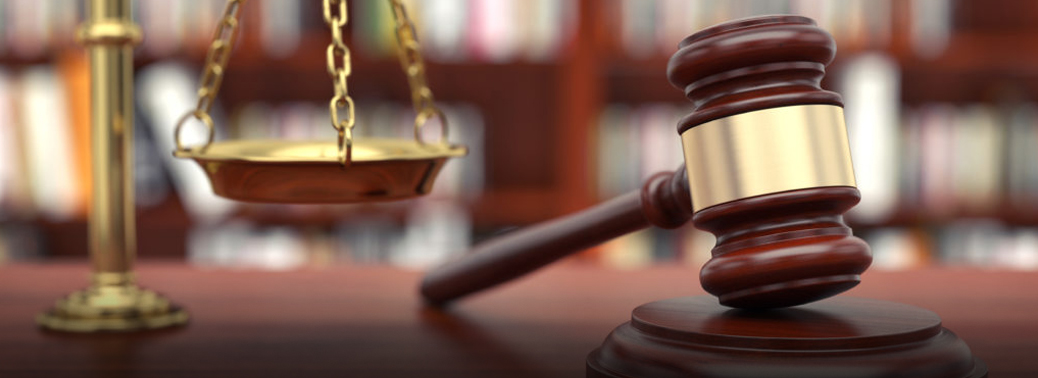JUVENILE JUSTICE
22, Jul 2019

Prelims level : Polity- Rights Issues; Judiciary
Mains level : GS-II- Government policies and interventions for development in various sectors and issues arising out of their design and implementation. GS-II- Welfare schemes for vulnerable sections of the population by the Centre and States and the performance of these schemes; mechanisms, laws, institutions and Bodies constituted for the protection and betterment of these vulnerable sections.
Background:
- In 2016, a 17-year-old was booked for the murder of his three-year-old neighbour in Mumbai.
- The Mumbai city Juvenile Justice Board as well as a children’s court directed that he be tried as an adult under the Juvenile Justice (Care and Protection) Act, 2015.
- Last week, the Bombay High Court set aside these orders and directed that the accused be tried as a minor, saying the Act is reformative and not retributive.
When Is A Child Tried as An Adult?
- The Juvenile Justice Act of 2000 was amended in 2015 with a provision allowing for Children in Conflict with Law (CCL) to be tried as adults under certain circumstances.
- The Act defines a child as someone who is under age 18. For a CCL, age on the date of the offence is the basis for determining whether he or she was a child or an adult.
- The amended Act distinguishes children in the age group 16-18 as a category which can be tried as adults if they are alleged to have committed a heinous offence — one that attracts a minimum punishment of seven years. The Act does not, however, make it mandatory for all children in this age group to be tried as adults.
Why Was This Distinction Made?
- The amendment was proposed by the Ministry of Women and Child Development in 2014 in the backdrop of the gang-rape of a woman inside a bus in Delhi in 2012, leading to her death. One of the offenders was a 17-year-old, which led to the Ministry proposing the amendment (although it could not have retrospectively applied to him).
- The Government cited an increase in cases of offenders in that age group; child rights activists objected to the amendment. The J S Verma Committee constituted to recommend amendments also stated that it was not inclined to reduce the age of a juvenile from 18 to 16. The amendment was made in 2015.
What Was the Basis for The Order That the Accused Be Tried as A Minor?
- The Bombay High Court observed: “It [trial as an adult] is not a default choice; a conscious, calibrated one. And for that, all the statutory criteria must be fulfilled.”
- As per Section 15 of the JJ Act, there are three criteria that the Juvenile Justice Board in the concerned district should consider while conducting a preliminary assessment to determine whether the child should be tried as an adult or under the juvenile justice system, which prescribes a maximum term of three years in a special home.
- The criteria are whether the child has the mental and physical capacity to commit such an offence; whether the child has the ability to understand its consequences; and the circumstances in which the offence was committed. If the Board finds that the child can be tried as an adult, the case is transferred to a designated children’s court, which again decides whether the Board’s decision is correct.
How Do These Criteria Relate to This Case?
- Both the Juvenile Justice Board and the children’s court had relied on the probation officer’s social investigation report and a government hospital’s mental health report.
- The High Court said that neither report brought out “any exceptional circumstances” to compel the juvenile to face trial as an adult. The probation officer’s report, submitted in 2018, had stated the child or his family did not have a criminal record, and called the juvenile “highly manipulative” while also noting that he had “confessed” that the victim was killed “accidentally”. It also noted that the juvenile was counselled on focusing on his studies, and that he had taken and passed his exams while lodged in the observation home.
- The mental health report said the juvenile had “no psychiatric complaints at present”, was “normal”, and “suffers from no mental incapacity” to commit the offence.
- The court said that while the Board had relied on these two reports, it had undertaken no independent assessment.
- It said that if the Board’s criteria of evaluation were followed, “then every case becomes an open-and-shut case”. It said that only because the statute permits a child of 16 years and above to stand trial as an adult in case of heinous offence, it did not mean that all those children should be subjected to adult punishment.
- One of the court’s key observations was that “essentially, the trial in the regular court is offence-oriented; in the juvenile court, it is offender-oriented. In other words, in the children’s court, societal safety and the child’s future are balanced. For an adult offender, prison is the default opinion; for a juvenile it is the last resort”.






